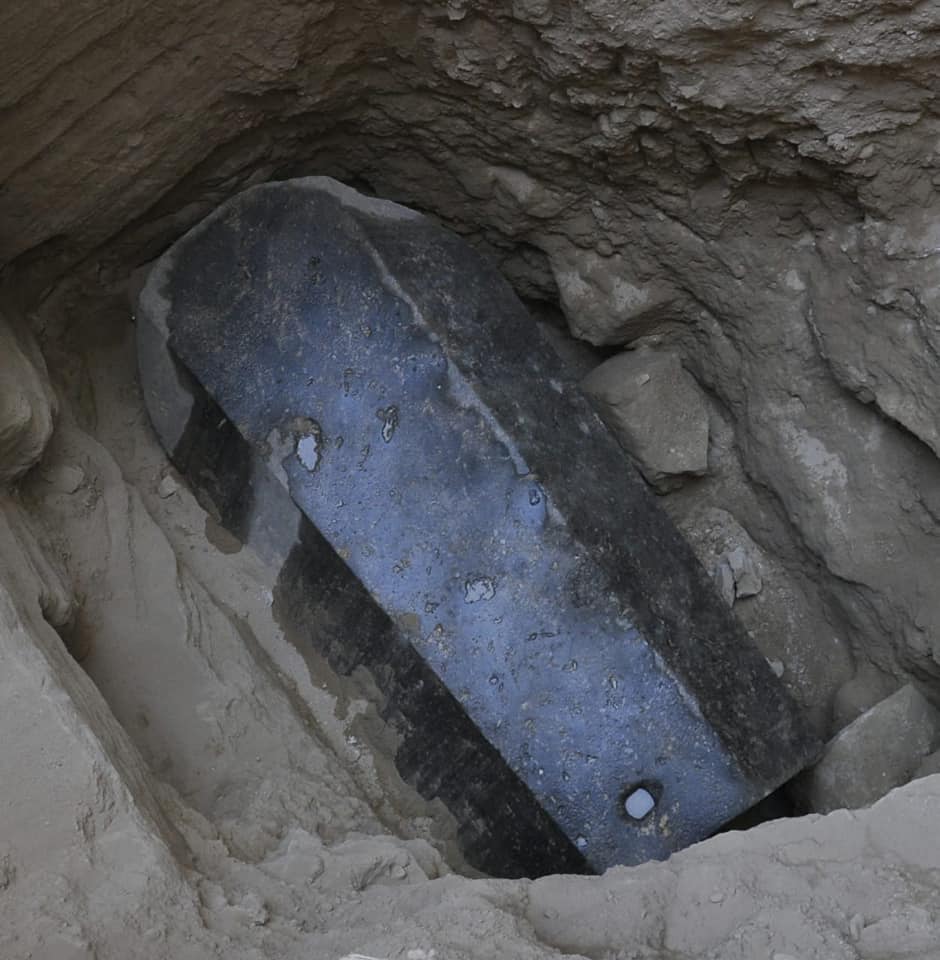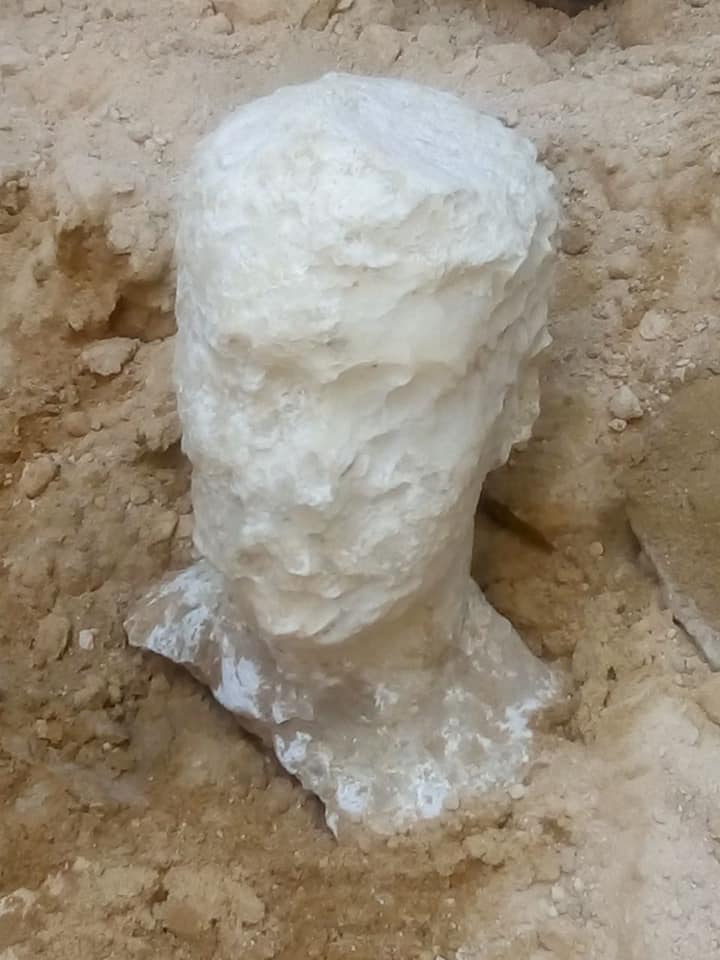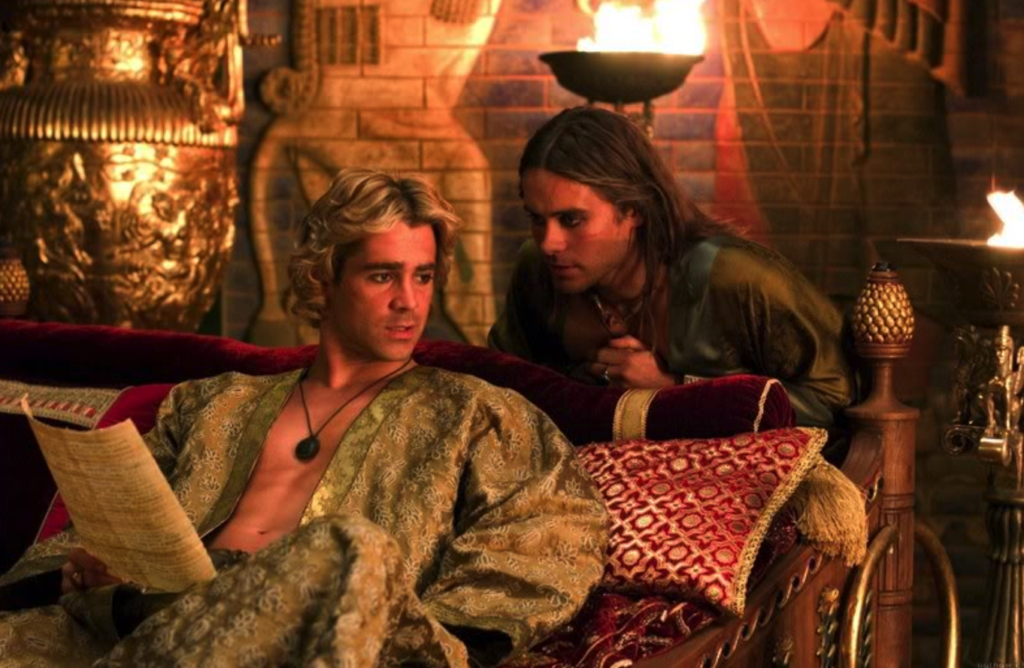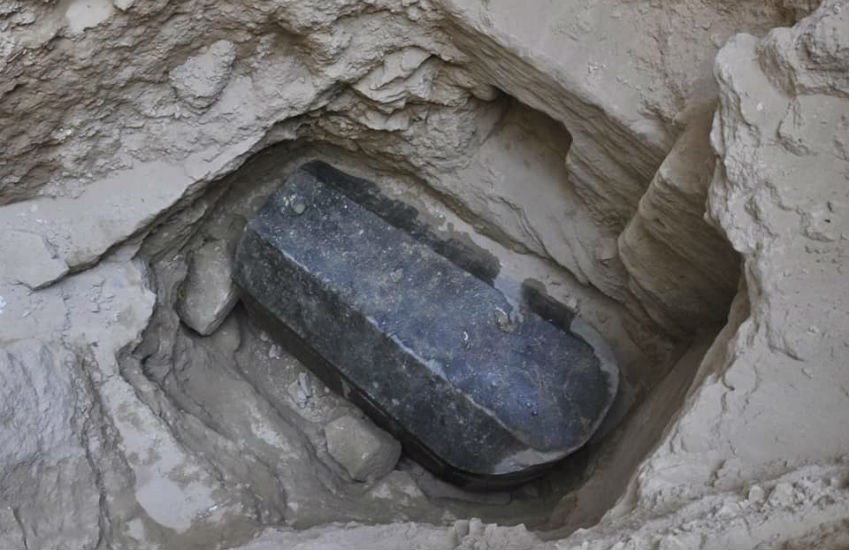Alexander, the grave: Could this be the legendary warrior’s resting place? Photo: @moantiquities Facebook
Archaeologists in Egypt are preparing to open a 10ft-long sarcophagus, which may contain the remains of Alexander the Great.
The coffin was dug up in Alexandria, where the legendary leader may have been buried. It has been sealed for more than 2,000 years, say officials from the country’s antiques ministry.

Mystery sarcophagus: Archeologists prepare to open casket. Photo: @moantiquities Facebook
Alexander the Great commanded vast armies that helped secure an empire stretching from Greece to India. He was born in 356 BC.
Archeologists also found a bust in the tomb, made from alabaster whose features had eroded into obscurity, the Daily Telegraph reported.
The worn bust and absence of written inscriptions on the sarcophagus have prompted questions about who may be inside.

Face of Alexander?: Worn down bust makes identification difficult. Photo: @moantiquities Facebook
If it turns out to be the remains of the greatest warrior in history, it will be one of the most significant finds since the discovery of Tutankhamen.
Speculation about Alexander’s sexuality
Alexander the Great married three times during his life according to historians. However, there is much speculation he also had a gay love affair with his friend and bodyguard, Hephaestion.
Scholars have argued that although there is no official record of his homosexuality, Alexander may have been bisexual.
The Telegraph reported that leading Egyptologist and former antiquities minister, Zahi Hawass, said the coffin ‘should belong to someone important, it is a granite sarcophagus’.
‘For someone to bring granite from Aswan [600 miles south] means he would have had to have been rich’, Zawass explained.
However, the tomb is said to be ‘too small’ for a king like Alexander as bigger ones have been found to contain Roman nobles.

Alexander & Hephaestion: Played by Colin Farrell and Jared Leto in the eponymously named film.
The sarcophagus came to light during construction work and has a layer of mortar between the body and the lid. Its contents were undisturbed since it was buried, say experts.
The coffin is from the early Ptolemaic period, which began after Alexander’s death in 323BC.







